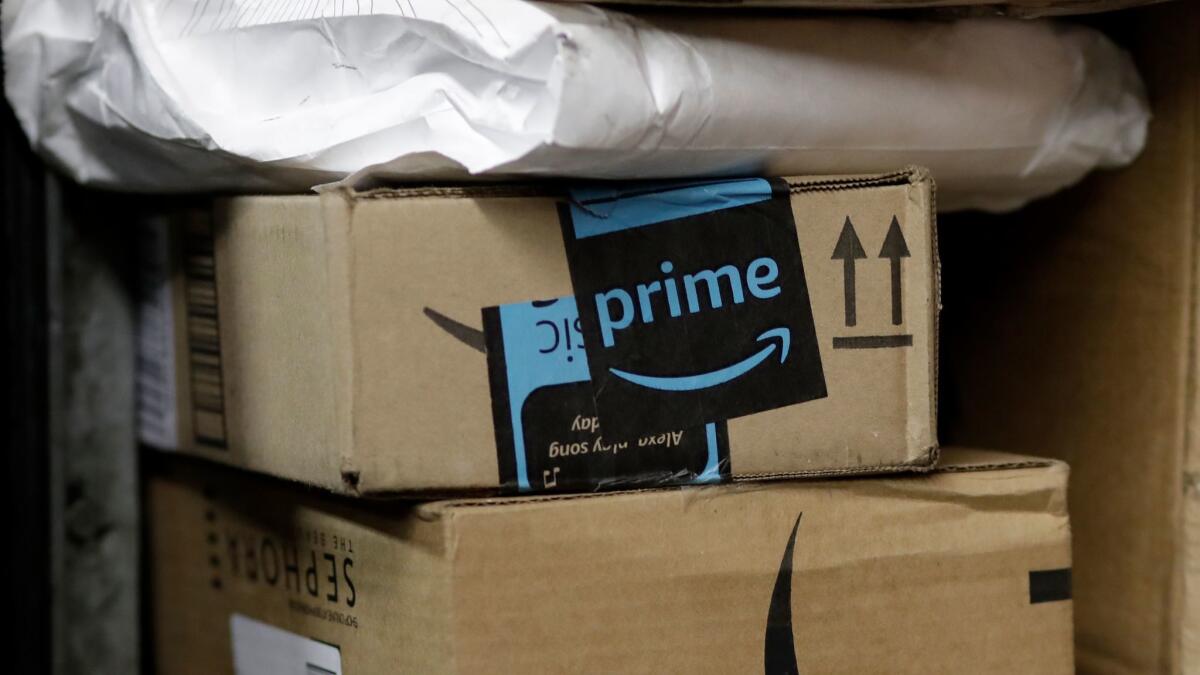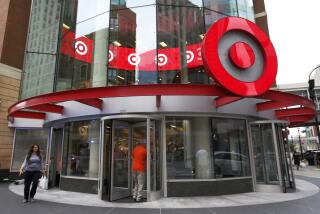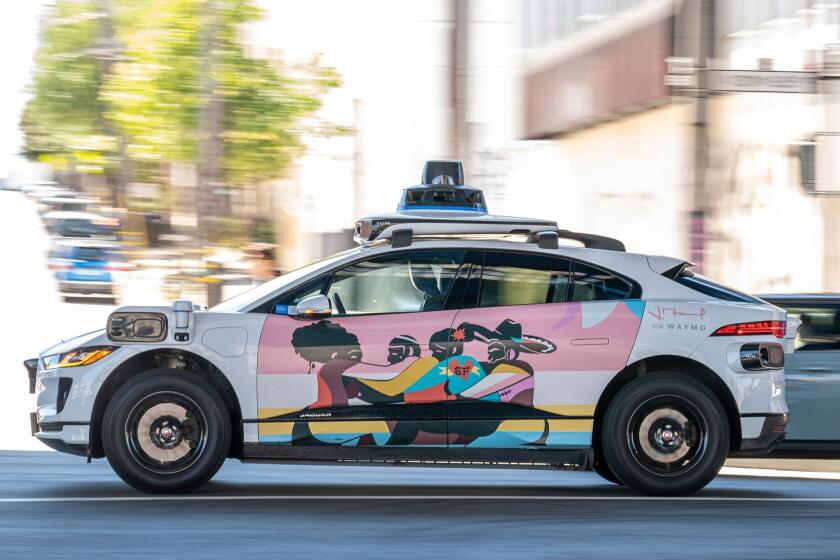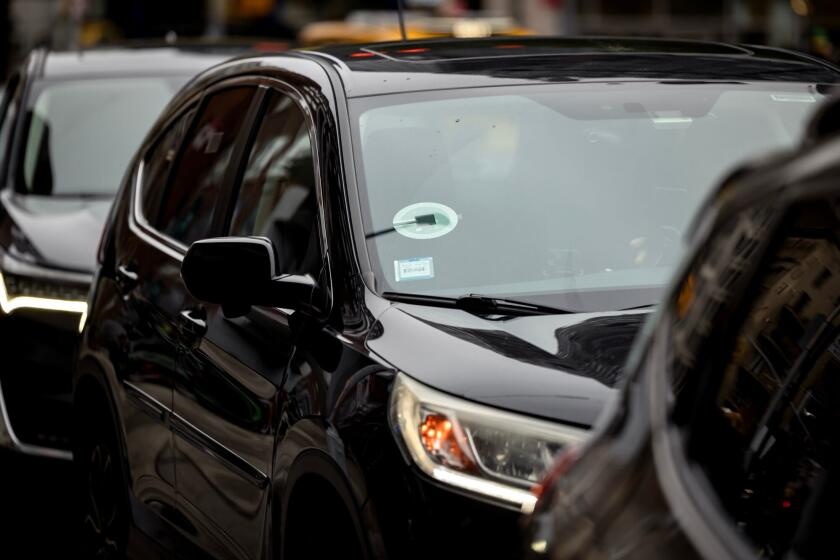Amazon isn’t the only retailer celebrating Amazon Prime Day

- Share via
Call it a glorified ad campaign. Call it a quasi-holiday. Call it whatever you want, but Amazon’s third annual Prime Day is here.
And this year, Amazon isn’t the only one celebrating.
Amazon introduced its first Prime Day in 2015 as a super sale exclusive to Prime members. Last year’s installment increased global sales more than 60% compared with the first year. Unlike past iterations, which ran 24 hours, this year promises an extra six hours of savings, stretching from 6 p.m. Pacific Time Monday until the end of the day Tuesday.
Thanks to the success of previous Prime Days, and Amazon’s growing dominance in the retail market, competitors — including Target, Kohl’s and J.C. Penney — are hoping to cash in on deal-seeking shoppers by holding their own concurrent sales.
Kohl’s is knocking 30% off some of its summer clothes and accessories for 30 hours, and J.C. Penney is holding a “Penney Palooza,” with 30% discounts as well.
Other competitors’ responses to Amazon haven’t been as subtle.
Toys R Us announced an online 20% off sale that is six hours longer than Prime Day — starting three hours earlier and ending three hours later. Pointedly, the toy chain said that for its sale, there’s “no membership required.” Prime membership costs $99 a year.
Best Buy announced a sale featuring Google Home — which rivals Amazon’s Echo — for $99, down from its normal price of $129.
Wal-Mart, which offered a 30-day free trial of its two-day shipping services to combat last year’s Prime Day, hasn’t announced plans for this year.
Charlie O’Shea, lead retail analyst at Moody’s, said a response is likely.
“We expect Wal-Mart to behave like last year, where it accelerated promotions before, during and after Prime Day,” O’Shea said.
Prime Day 2016 was Amazon’s all-time biggest sales day, but according to O’Shea, profits are a secondary goal for the retail giant.
“This is primarily an effort to grow and deepen its Prime membership base,” O’Shea said.
Prime members are vital to Amazon because the free two-day shipping creates an incentive for shoppers to buy more. An April report from Consumer Intelligence Research Partners estimates that Prime members spend about $1,300 a year with Amazon, compared with $700 spent by non-members.
Although Amazon refuses to say how many customers are Prime members, the report estimates there are about 80 million in the United States, which accounts for roughly 60% of Amazon’s customer base.
The study estimated that Prime membership doubled in two years, up from about 40 million in March 2015.
Non-members can sign up for a 30-day free trial for access to Prime Day. Despite the ability to opt out once the trial concludes, another CIRP report estimated that 73% of users elect to continue their membership.
More to Read
Inside the business of entertainment
The Wide Shot brings you news, analysis and insights on everything from streaming wars to production — and what it all means for the future.
You may occasionally receive promotional content from the Los Angeles Times.








